During Hollywood’s golden era, hundreds of movie houses were built across the Southeast in cities and towns of all sizes. Today, some of those theaters are still in existence while others have been allowed to fade away. During the 1930s, many cities across South Carolina were slowly rebounding from the Great Depression. As the railroad expanded and brought in more people, small towns across the state quickly blossomed and the theaters became a popular source for family entertainment.
Originally constructed in an Art Deco motif, the theater first opened its doors in the late 1920s as the O’Dowd Theatre. It was later renamed the Carolina Theater around 1935. Film showings included a midday matinee and a Friday and Saturday night feature. Ticket prices were a quarter, give or take a few cents.
In 1939, a devastating fire broke out and destroyed the Carolina Theater. The fire reportedly started in the projection room during a mid-week showing of the movie San Francisco, which ironically chronicles the West Coast city’s devastating 1906 earthquake in which the city burns down. Woodrow Cook, an usher at the Carolina, quickly went to the stage front, with lights down, and announced to the crowd that a new state law requires an evacuation of the theater periodically to ensure there was no fire. After a little groaning, the audience made their way outside and were amazed to learn the building was actually on fire.
Spectators filled the street as smoke swirled around the firefighters battling the blaze. There were many efforts to save the neighboring buildings including the W. M. Waters Furniture Company next door to the theater. The manager at Waters Furniture was on the roof, spraying water to discourage the spread of the fire.
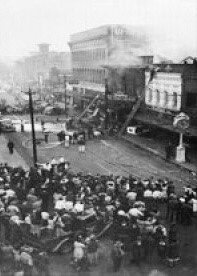
One of the best-known sayings to come out of the incident was when the cashier of the Carolina called owner Martin A. Schnibben at the Colonial Theater to tell him, “Mr. Gluck is at the Carolina.” The rule was never to refer to fire in a theater, so Mr. Gluck was the fire’s representative. It worked well, and Schnibben took off on foot running around the corner from the Colonial to the Carolina.
Schnibben was concerned about an African American family that lived in the space above the projection room. After several days went by, they reappeared safe and suffered little loss. The following day, newspaper ads showed lots of gratitude and appreciation for the firefighters who battled the blaze. Schnibben stated that repairs would begin immediately to the theater. C. D. Waters, whose store had been most endangered, posted an advertisement thanking the firefighters and promising his store would be open the next day.
Probably the greatest national attention came from the V.F.W. and a recommendation that Woodrow Cook receive the Carnegie Medal for bravery. There were no fatalities or serious injuries thanks to Cook’s quick thinking, and everyone walked out calmly. No award was ever given to Cook. The fire at the Carolina Theater and two other fires that happened shortly after are considered as being the impetus for the city of Florence to begin work on a downtown water system.
Prior to the fire, the Carolina showed cowboy movies on Wednesdays, Fridays and Saturdays. At the same showing, the theater usually also displayed a cartoon (this is how Looney Tunes and Mickey Mouse got their start), local advertisements and what was called a serial. Serials were sort of a predecessor of TV episodes in that they were shown in pieces and each piece moved the script forward. They remained in demand until television sets became popular.
The current Carolina Theater building was constructed in 1940 and opened on April 1, 1940. Over the years, the theater underwent numerous renovations to remain current with the times. After World War II, the auditorium seats were replaced along with the curtains. Another fire in the 1950s destroyed the original roof, so steel beams were added to replace the original wood beams. A portion of the theater’s original Art Deco styling is still visible above the street-level façade as well as in the mezzanine which remains mostly unchanged.
The 1970s were the last time the 750-seat theater was in use. After that, the building was used for church services until the 1980s. Once the church closed, the Carolina Theater was left abandoned. The City of Florence eventually acquired the property. Plans for the $2 million redevelopment project include transforming the space into a multi-purpose event facility with a 250-seat venue that would primarily be used for concerts, weddings, or conferences. The building will also be equipped with a restaurant kitchen to cater for the events.
City officials hope revving the old theater building will add more nightlife to the downtown scene. The renovation was set to begin in early 2020, however, COVID happened and slowed everything down. The delay in starting demolition allowed workers to slow down and do a more selective demolition. Construction is set to begin in February 2021. It will last 12 to 14 months which would put the completion date in the Spring of 2022.
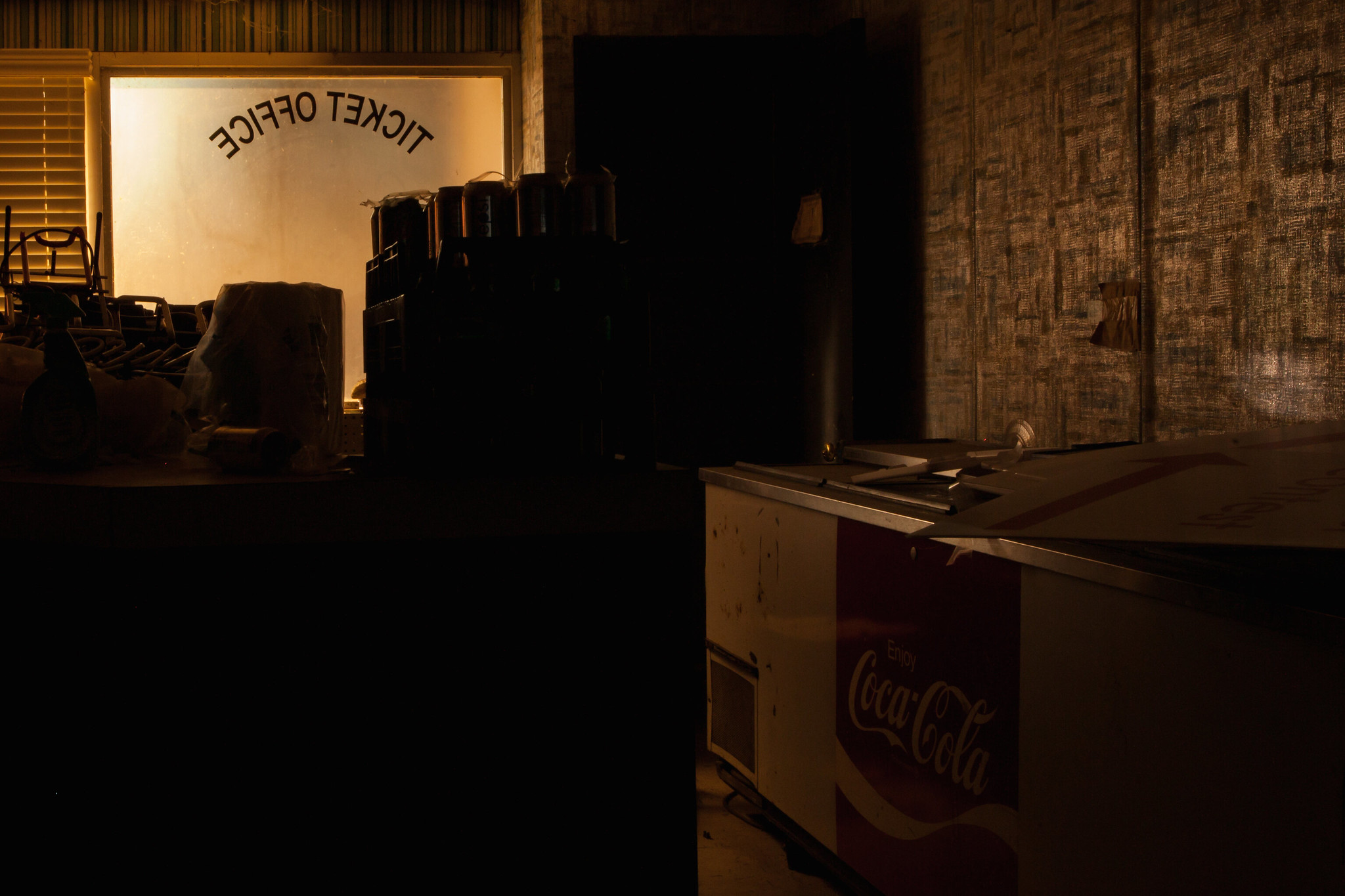

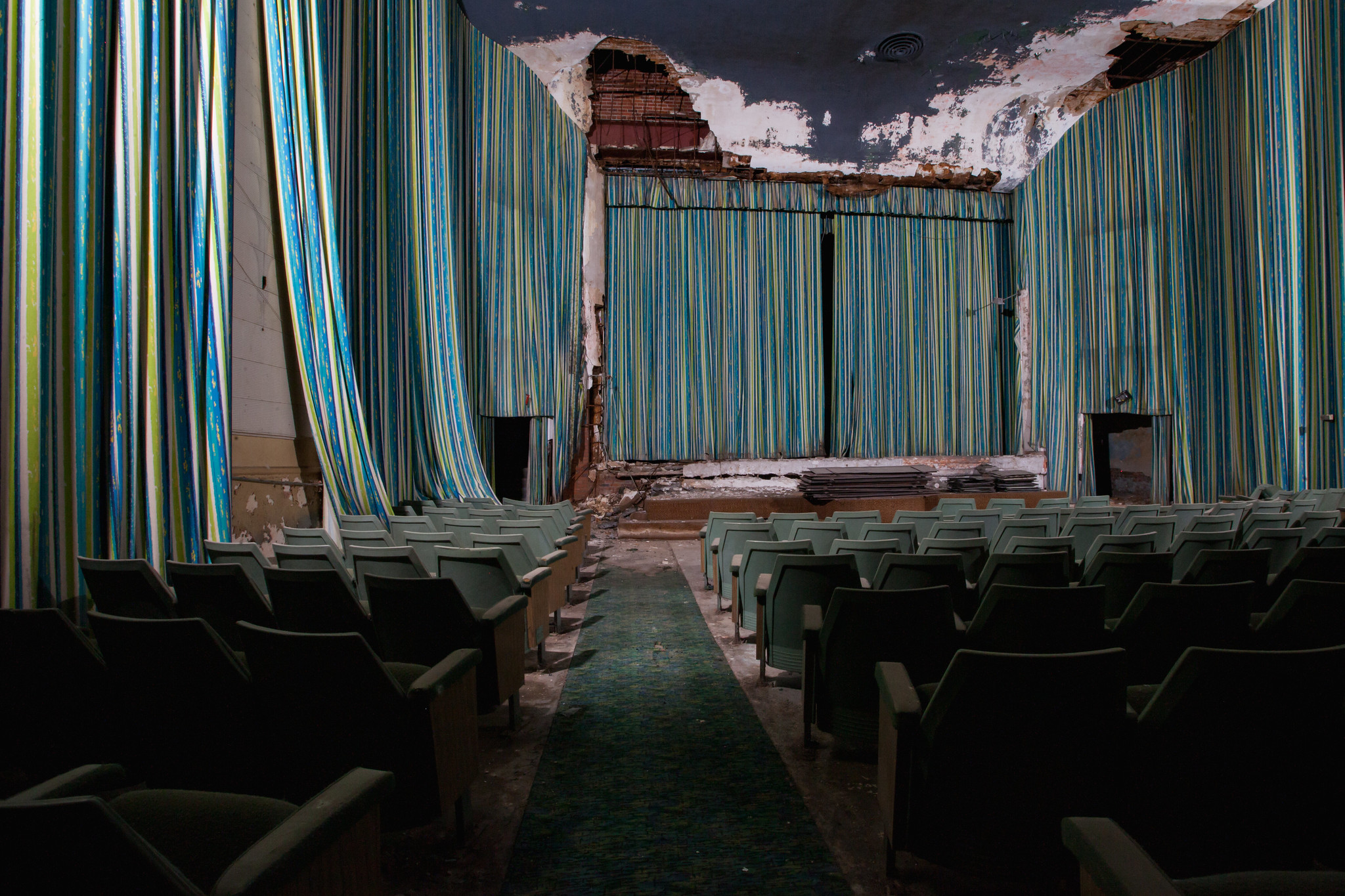

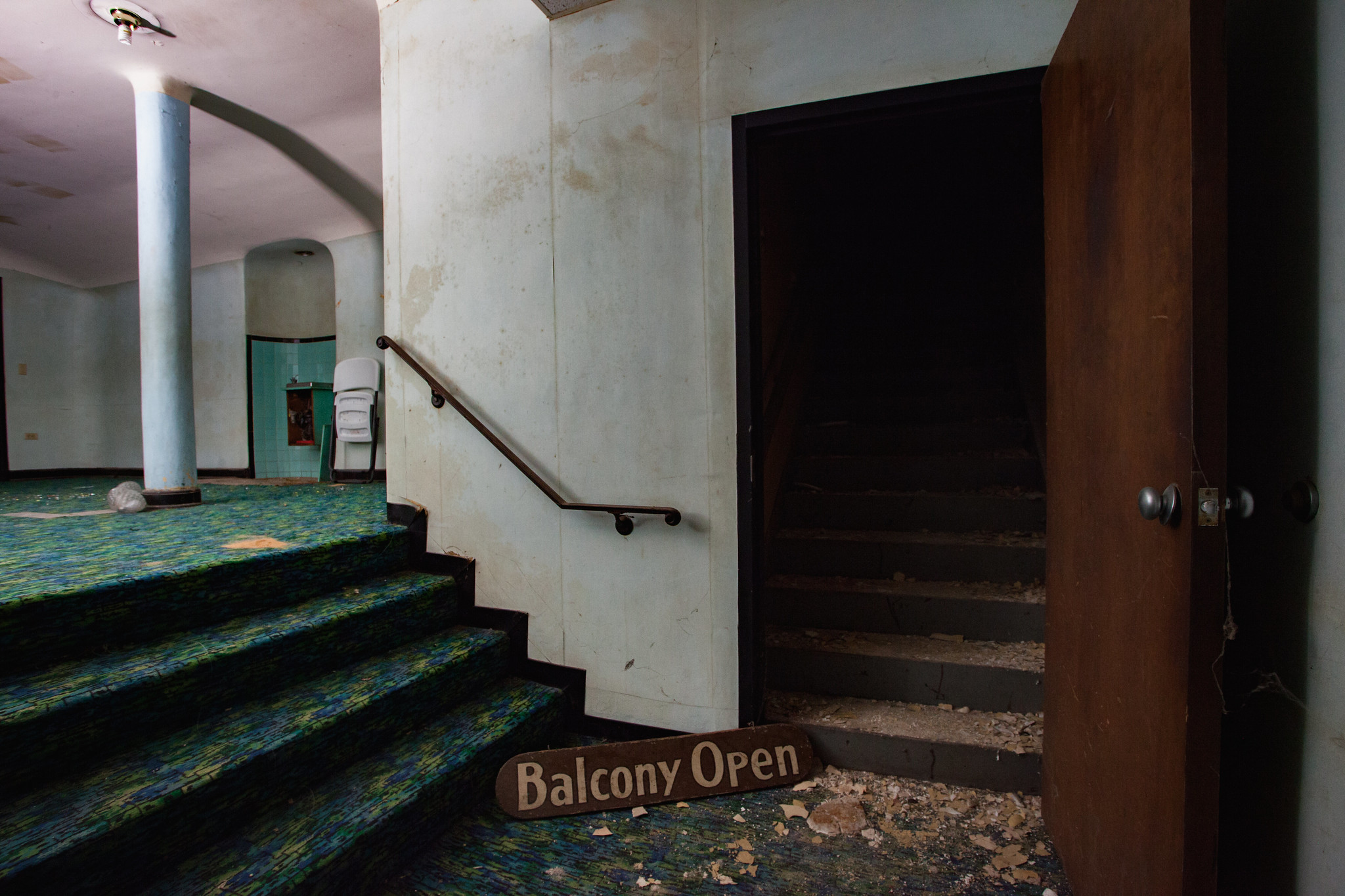
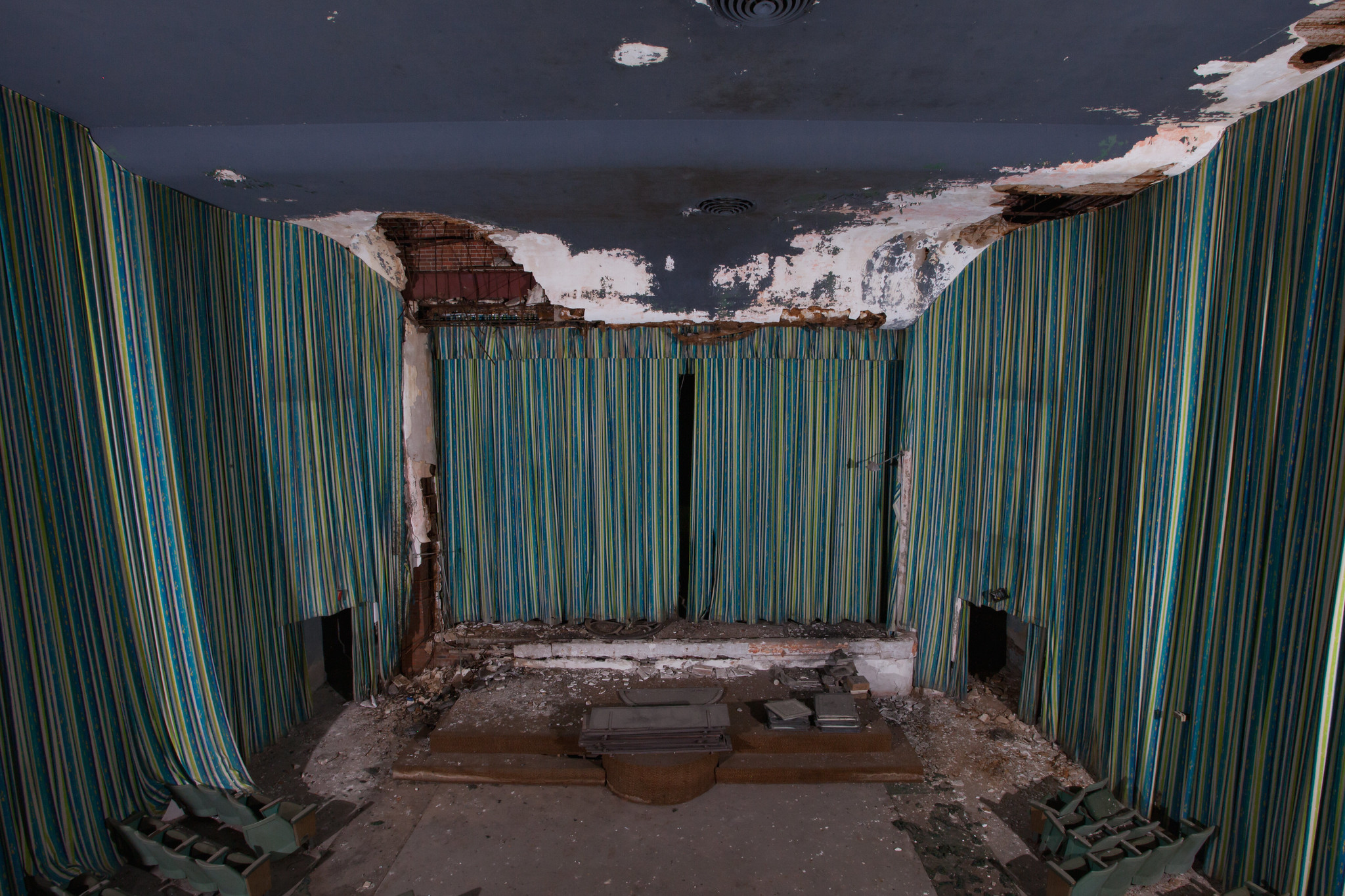

Thanks for reading. I appreciate the support. Please share the blog with your friends.
You can find me on Facebook, Instagram, and Twitter. For more amazing abandoned places, check out my books that are available through Amazon.

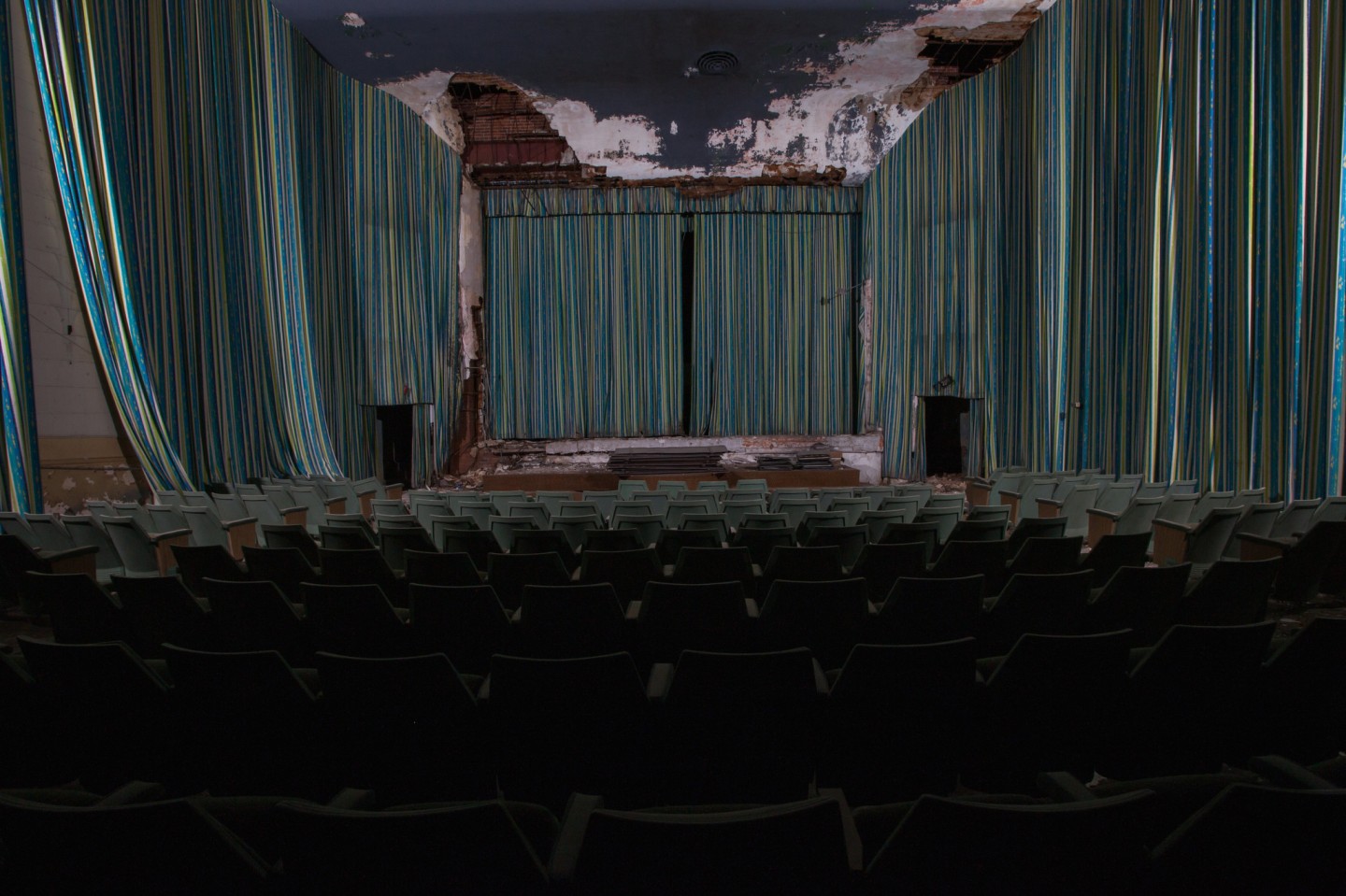
That would certainly be a lot of renovation. I can’t imagine a town, during these days of covid-19, having excess funds available for this job.
Thanks for the story.
LikeLike
In New Iberia, Louisiana, there are two active former movie theaters. One is a community theater (IPAL Iberia Performing Arts League) and the current Bayou Teche Museum, aka Sliman Theater.
You may like to see photos on Facebook.
LikeLike